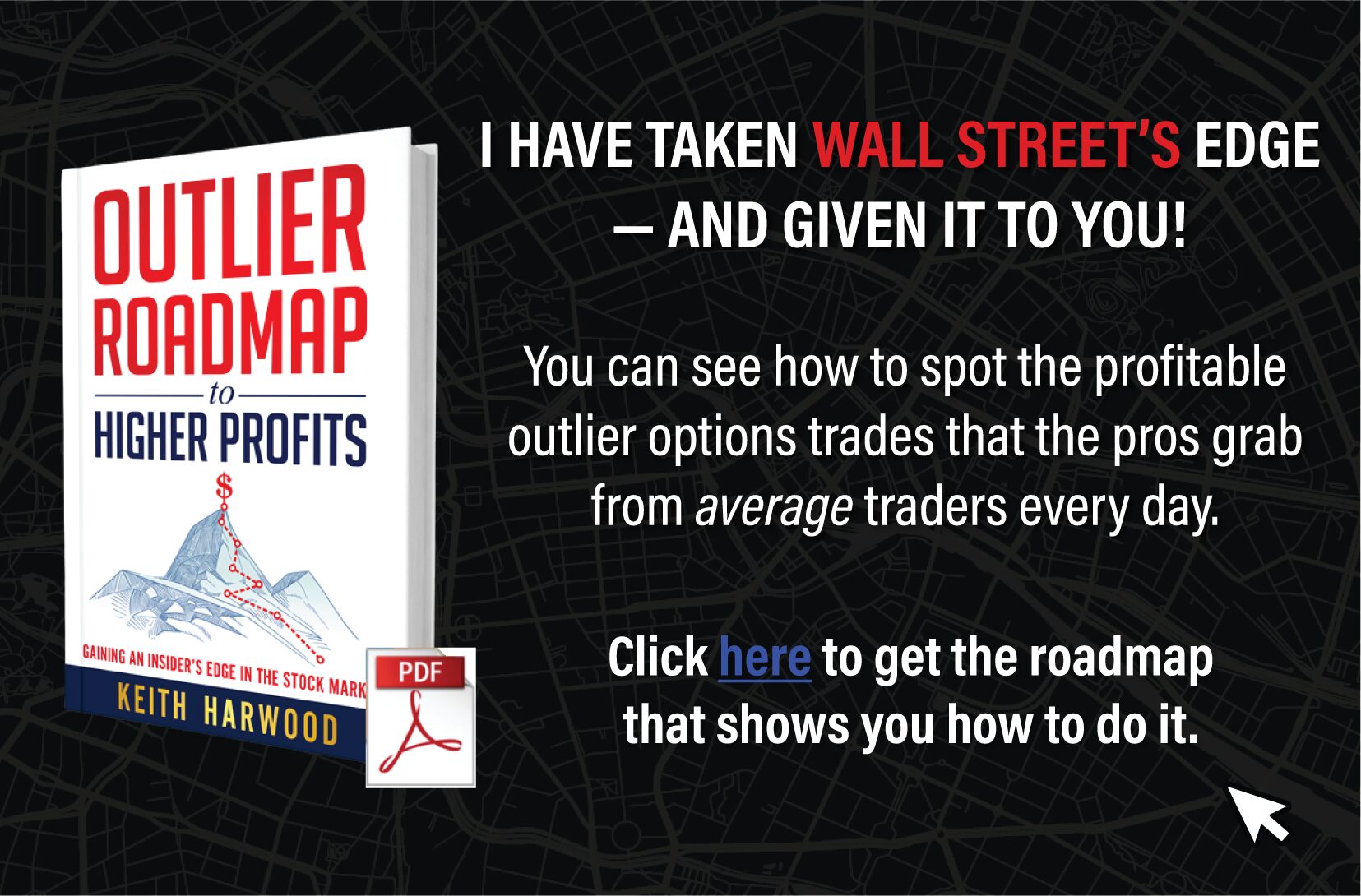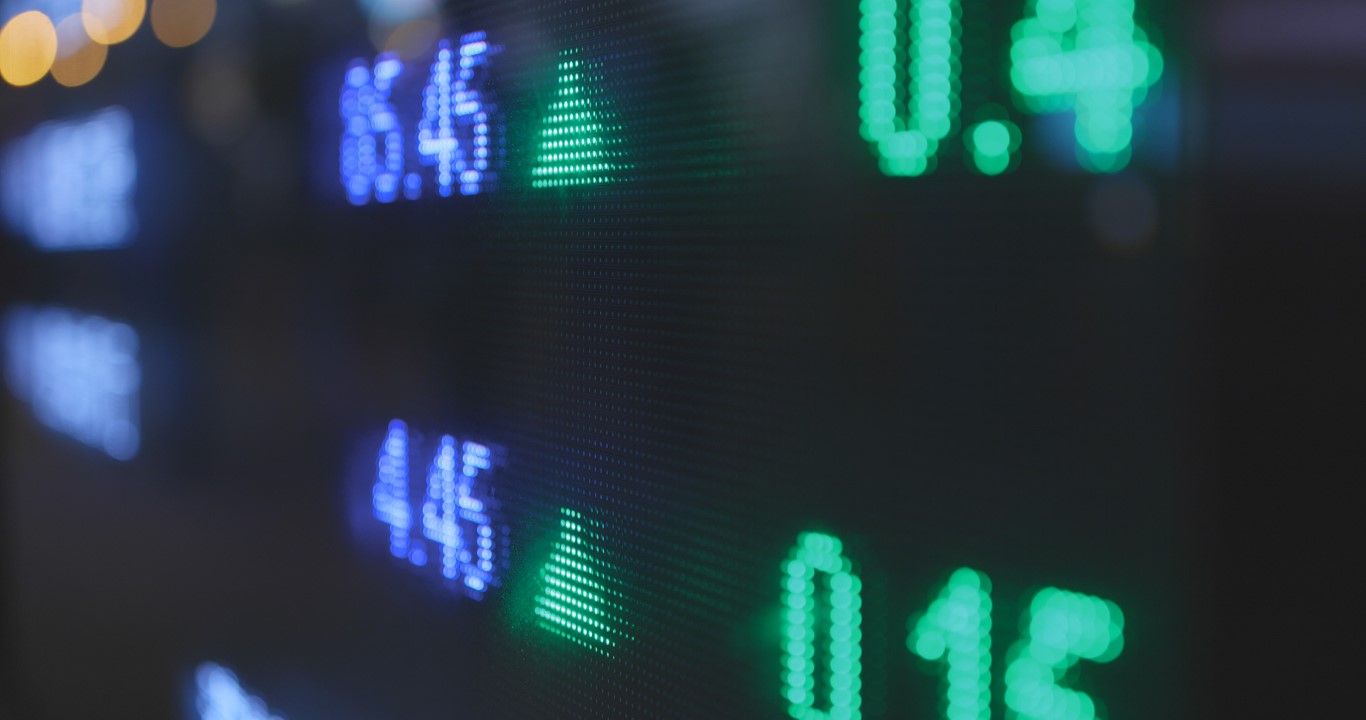by Dave Caplan
The volatility makeup for a particular market is referred to in the industry as the skew. Each commodity, or group of commodities, has their own particular skew. In many markets a skew exists, meaning that the out-of-the-money calls/puts trade at a higher volatility than the at-the-money options. Some markets have a normal skew, which if you graphically plotted the implied volatilities the picture would be a “V”. This occurs because the out-of-the-money options “vega” is so low, therefore a percentage point increase in volatility in these options equates to a small price change. Other markets have a skew to only one side or the other, meaning the further you go out-of-the-money in either the calls or the puts, the higher the implied volatility of those strikes is.
In reality, volatility skews have three basic configurations. The “normal” configuration is “U” shaped. The strikes more distant from the at-the-money strike trade at higher volatility; the at-the-money having the lowest implied. If one was to plot out the different volatilities, and connect the dots, the formation would be that of a “U”. The reason that this phenomenon exists ties in with the properties of vega. The vega decreases as the strike price moves further from being at-the-money. The sensitivity to volatility changes decrease as the strike moves away from being at-the-money. Deep in-the-money or out-of-the-money options have small vega. A volatility change will not affect the price of the option that much. Currency options commonly have this configuration.
For instance, if we notice that the vega of the June Deutsche-mark 68 strike is one tick, the option premium of the call is three ticks, with the implied volatility being 13%. These calls are approximately 600 points out-of-the-money. The 62 calls, running at 11.5% implied volatility, are trading at 175 points, with a vega of 13. For far out-of-the-money options, it seems that people, usually the non-professional trader, are willing to pay more for a lottery-type trade. At the same time the professional traders, who are usually net sellers of out-of-the-money options, demand more of a premium for taking the unlimited risk. These options are less liquid, and less frequently traded. For this reason of illiquidity, and a desire not to engage in large positions by the professionals, the implied volatility of these options are not a good indication of implied volatility for the options series. Since the vega of these options is one, we know that a 1% volatility change equates to a one tick change in the price of the option. Contrast this with a 13 tick change for the at-the-money option. An inexperienced options trader does not look at the volatility cost of an option, but only at the dollars spent for the option.

The second type of volatility skew is configured by increasing implied volatility in the strikes below the at-the-money, and implied volatility equal to the at-the-money implied volatility in the strikes above the money. This type of configuration looks like an obtuse angle (greater than 90 degrees). In fact, the shape of this skew is very similar to the shape of a profit/loss graph of a long put position. S&Ps and T-Bonds are configured in this manner. This phenomenon occurs in the institution-dominated markets. Pension Funds and portfolios of institutions operate under directives to hold underlying securities. In essence, they are always “long” the underlying, i.e. stocks and bonds.
The real risk to these portfolio managers is a rapid unforeseen decline in prices. In order to “hedge” this position, they must buy puts, sell calls, or both, thereby driving up the out-of-the-money puts, and keeping the out-of-the-money calls under pressure (more demand, hence lower implied volatility). In addition, accounting provisions may prohibit the managers from buying calls or selling puts at any time, again forcing them to hedge in this manner only. If the portfolio managers have fear only in one direction, the downside, because they are holding securities, these managers are willing to pay more for protection on the downside. As we know, the further an option is from being at-the-money, the smaller the vega, therefore a small actual dollar change in value equates to a larger implied volatility change in that option. The manager’s ability to write calls as a hedge apparently outweighs the speculative effect on the upside. Since these managers have no fear of an upside move, they will sell the out-of-the-money calls. This fear of unforeseen and rapid downside movement also stems from the theory that markets almost always decline more rapidly than they ascend.
The third type of volatility skew is the configuration in which the strikes above the at-the-money options trade at higher volatility, and the strikes below the at-the-money options are priced at equal or lower volatility. This type of configuration is prominent in the grain markets, the metal markets, and most soft commodities. It is a result of perceived or actual price floors of these commodities.
If the USDA guarantees farmers a specific price for their commodity, this decreases the probability that the commodity will trade below this floor. However, if an unexpected drought during the growing season hits, uncertainty about the yield of the crop becomes widespread. These commodity markets are more volatile when prices increase. Traders, right or wrong, are willing to pay more for the small limited risk with unlimited reward that a long out-of-the-money call offers them in these commodity markets.
Another way of examining the phenomenon of volatility skews is by incorporating forecast volatility. We know that the at-the-money volatility is the recognized volatility for a particular commodity. For example, if July soybeans are trading at 600, the 600 strike trading at 20% implied, and the 675 strike is trading at 26% implied volatility. The market may be forecasting that if the July beans trade up to 675 before expiration, the new at-the-money implied volatility would be 26%. We know that an option’s vega, at its extrinsic value, decreases with the passage of time. Therefore, the net effect of this forecast is dependent not only on whether the underlying price moves to the strike, but also when.
It is important to note that although these skews exist, their shapes are not absolute. The configuration of a particular commodity may change over time. Market conditions may change rapidly, which calls for adaptation. The aspect of the skews which changes over time and changing market conditions is the steepness of the skew, or the slope. Option traders who trade on the exchanges use theoretical value tables as a guide to making markets. Many of these traders will use tables all at the same volatility, the current at-the-money implied volatility, and estimate the volatility differentials of the skewed strikes by having knowledge of what rate the implied volatility increases per strike in the direction of the skew. For instance, a trader may have a table of values for an implied volatility of 20% in gold options, with the gold future trading at $350/ounce. By trading experience, the market maker may know that for each strike above the at-the-money, the implied volatility increases by 1%, therefore the 360 strike is trading at 21%, the 370 strike at 22%, the 380 strike at 23%, etc. By knowing the option’s vega, the trader can make accurate calculations in estimating each option’s theoretical value, despite the fact that his tables only use one volatility. If a mining strike in South Africa hits the news wires, the price may increase. Additionally, uncertainty has entered the market. The “skew” may also be affected. Instead of the “normal” 1% per strike, the new skew may increase to 2% per strike.
Most often, the steepness of the skew increases at times of higher volatility, and decreases at times of lower volatility. The new trader must be careful in observing the skew for options with less than 2 weeks remaining in their life. Since the vegas are very small, the skew might seem to become more steep, changing form. This effect occurs when options have little or no value anyway, therefore it should not be construed to be significant. Generally speaking, to observe a commodity’s volatility configuration, look at an option series with a minimum of 30 days left until expiration.











Recent Comments